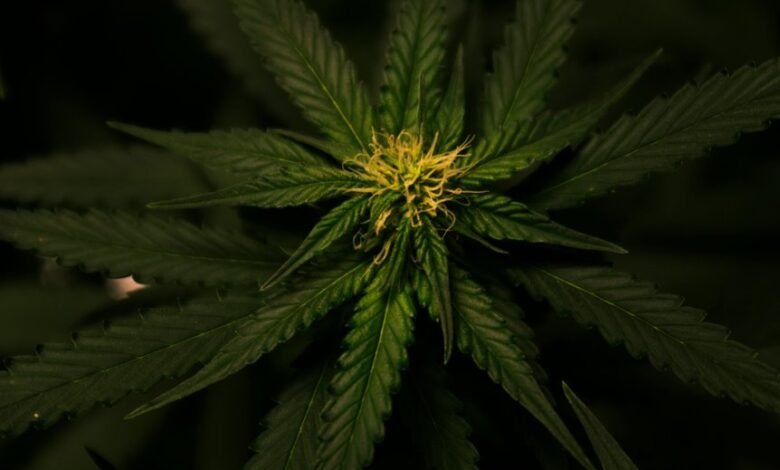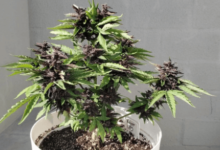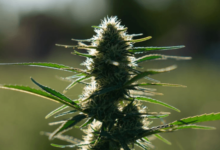Does Cbd Smell Like Weed When Smoking

When exploring the aroma of CBD, many users wonder how it compares to traditional cannabis. Unlike THC, which is known for its pungent, skunky scent, CBD offers a more subdued, earthy fragrance. This distinction can influence perceptions and preferences among consumers. Understanding these differences is crucial for those considering CBD, as the aroma plays a significant role in the overall experience. What factors contribute to this unique scent profile?
Understanding CBD and Its Source
Cannabidiol (CBD) is a prominent compound derived from the cannabis plant, garnering significant attention for its potential therapeutic benefits.
The extraction of CBD primarily occurs from specific hemp varieties, chosen for their low THC content and high CBD concentration. This process allows for the production of various CBD products, providing users with options that cater to their individual needs and preferences.
The Aroma Profile of CBD
The aroma profile of CBD distinguishes it from its more psychoactive counterpart, THC, while still bearing some resemblance to the broader cannabis scent spectrum.
This profile is shaped by various aroma compounds, which contribute to its unique scent intensity. Users often describe it as earthy or herbal, with subtle notes that can evoke a sense of calm and relaxation, enhancing the overall experience.
Comparing CBD and THC: The Scent Differences
When examining the scent differences between CBD and THC, it becomes clear that these compounds offer distinct aromatic experiences despite their shared origins in the cannabis plant.
The cannabinoid characteristics of THC often emit a stronger, skunky odor, while CBD tends to have a milder, earthy scent.
This divergence influences scent perception, leading consumers to recognize unique aromatic profiles associated with each cannabinoid.
Consumer Preferences and the Impact of Smell
Consumer preferences regarding CBD products are significantly influenced by scent, which plays a key role in shaping their overall experience.
Current consumer trends indicate that scent preferences can determine product selection, as many users seek aromas that evoke relaxation without the stigma associated with traditional cannabis.
This awareness drives brands to innovate, catering to diverse scent profiles that align with the desires of freedom-seeking consumers.
Conclusion
In the fragrant tapestry of cannabis, CBD weaves a softer, more inviting thread, distinct from the bold and brash notes of THC. Its earthy aroma whispers of tranquility, appealing to those who seek solace without the weight of stigma. As consumers navigate their preferences, the olfactory charm of CBD emerges as a breath of fresh air, inviting a new audience to explore the therapeutic benefits of cannabis without the shadow of its more potent counterpart.


